Space Explorers: Turning Gravity Into a Fun Family Learning Adventure
Subscribe & Get Free E-books!
Subscribe to our channel and fill out the form below to receive exclusive free e-books directly in your inbox.
Introduction
Science doesn’t have to be complicated to spark excitement in kids. When explained through stories, visuals, and simple activities, even concepts like gravity and planetary motion can become part of everyday wonder. That’s exactly the goal of Space Explorers: Episode 5 – Gravity & Planetary Motion in Action!—a fun-filled journey where children discover how invisible forces shape the universe while families enjoy learning together.
Why Teach Gravity Through Storytelling?
Parents often worry that topics like gravity, orbits, and planetary motion are “too advanced” for young learners. In reality, kids grasp these ideas quickly when they’re presented in ways that connect to their daily lives. A dropped toy, a bouncing ball, or the Moon glowing in the night sky all become clues in a bigger story about how the universe works.
By showing children that the same force pulling their toy to the floor also keeps planets circling the Sun, science transforms from something abstract into something alive, playful, and meaningful.
Key Learning Areas in Episode 5
Gravity You Can Feel
Kids learn that gravity isn’t just “down”—it’s everywhere, pulling objects toward each other. Through relatable examples like trampolines or bouncing balls, they see how gravity affects both playtime and planetary motion.
Patterns in the Sky
Watching planets orbit the Sun introduces children to patterns and cycles. Recognizing these repeating motions helps them strengthen early math and reasoning skills.
Cause and Effect Made Simple
When mass creates pull, and pull creates motion, kids see how invisible forces cause visible results. This connection lays the foundation for critical scientific thinking.
Math Without the Equations
By observing that closer planets orbit faster while distant planets move slower, children begin to understand scale and proportion naturally—no formulas required.
Creative Communication
Kids often explain gravity in their own imaginative ways—like calling it a “space rope” or “cosmic magnet.” Encouraging this creativity helps them build vocabulary and confidence while learning science.
Age-Appropriate Cosmic Learning
Ages 3–5: First Steps Into Space
-
Identify gravity as “the reason things fall.”
-
Try simple experiments like dropping a toy and a feather.
-
Tell playful stories such as, “The Moon stays near Earth because they’re friends.”
Ages 6–8: Budding Astronomers
-
Watch animations showing planets orbiting the Sun.
-
Compare the speed of different planets.
-
Collect fun facts about moons and their connection to gravity.
Ages 9–11: Junior Space Scientists
-
Use binoculars to track the Moon’s movement over several nights.
-
Discuss why astronauts float on space stations.
-
Explore simple versions of Newton’s Laws and how they explain orbits.
Fun Ways to Explore at Home
-
Orbit Race Game: Spin marbles around a bowl to mimic orbits.
-
Balloon Planets: Hang balloons from strings around a lamp to show how planets circle the Sun.
-
Gravity Diary: Have kids write or draw one example of gravity they notice each day.
Family Conversation Starters
-
Why don’t planets fly away from the Sun?
-
What would happen if Earth suddenly stopped moving?
-
How does gravity help us every single day?
-
What might astronauts feel when they float in space?
Why This Matters for Families
Learning about gravity and planetary motion helps children connect the dots between what they experience at home and what happens in the wider universe. It teaches them that science is not just in books—it’s in every fall, every orbit, and every starry night.
Parents don’t need to be experts to enjoy the process. Asking questions, experimenting together, and sharing laughter are what turn these lessons into unforgettable memories.
Conclusion
Space Explorers: Turning Gravity Into a Fun Family Learning Adventure shows kids that science is more than facts—it’s discovery, creativity, and curiosity. By exploring gravity as a family, you give your child the confidence to see the world as a place of patterns and possibilities, where even the invisible can be understood.
The universe is waiting to be explored. All you need to do is press play, ask questions, and take the journey together.
Visit CartoonKidsTV.com for:
-
Printable worksheets
-
Bonus learning activities
-
Parent and teacher resources
-
Weekly updates
Follow Cartoon Kids TV on Facebook, Instagram, and Pinterest for tips and ideas to keep your child’s love of learning growing every day.
With every fall, jump, and orbit, children learn that science is alive—in their play, in the sky, and in the universe itself.
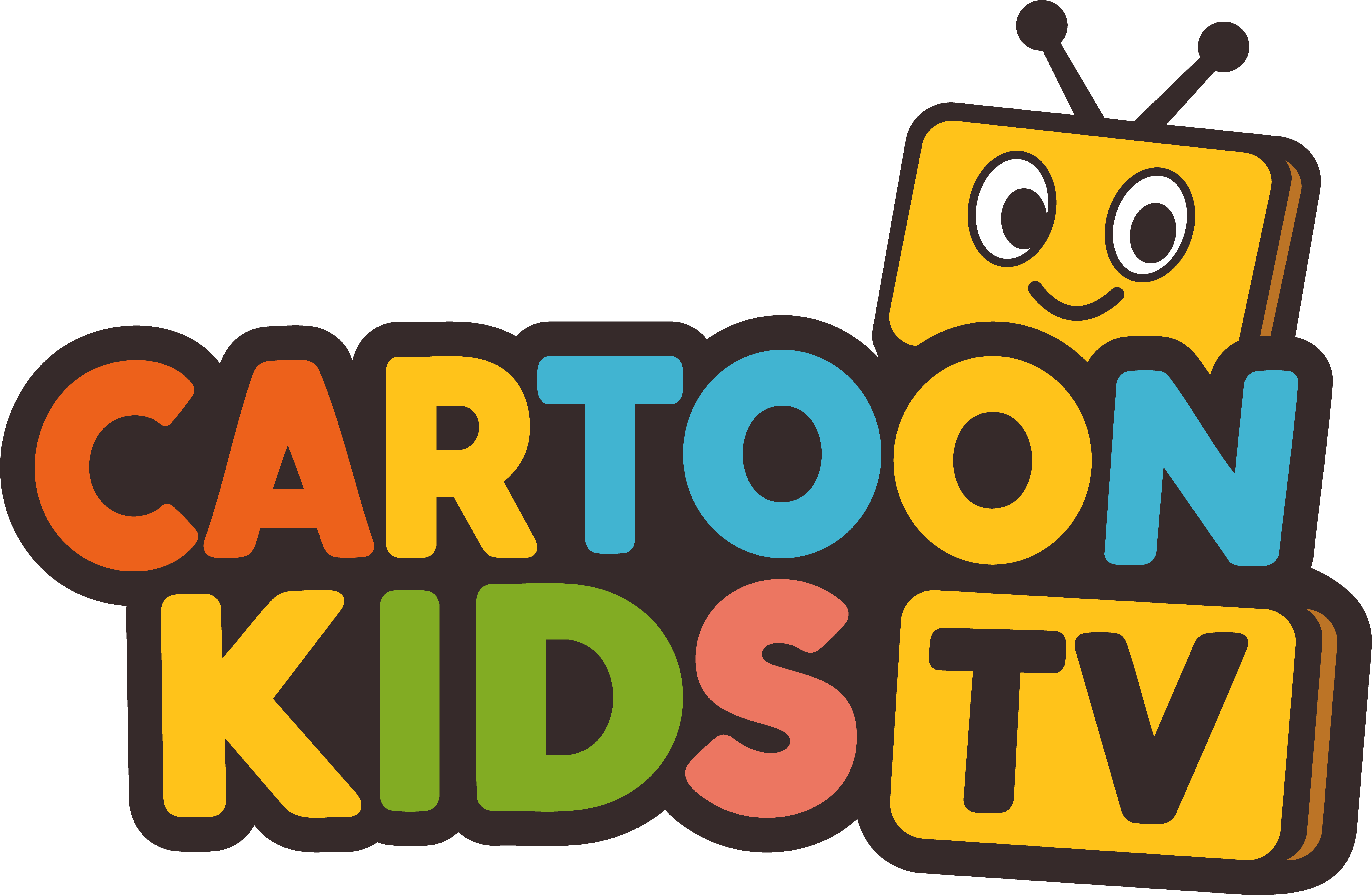
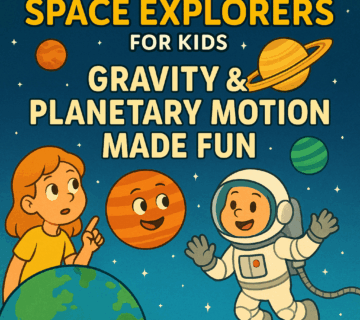
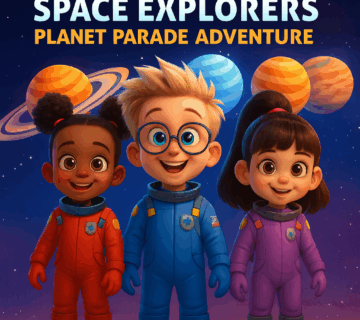
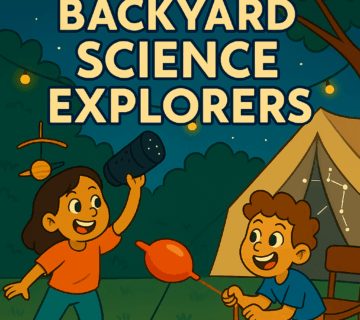
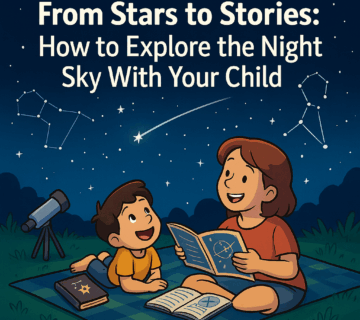
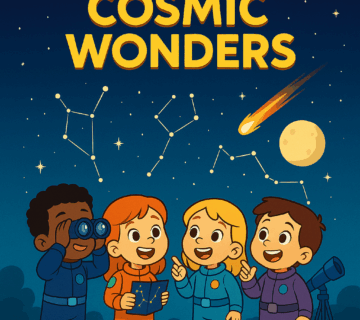
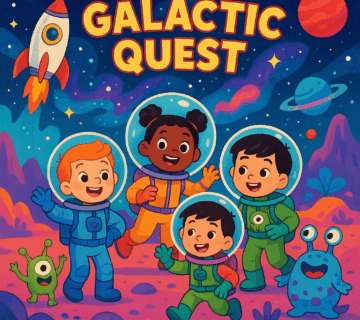
No comment